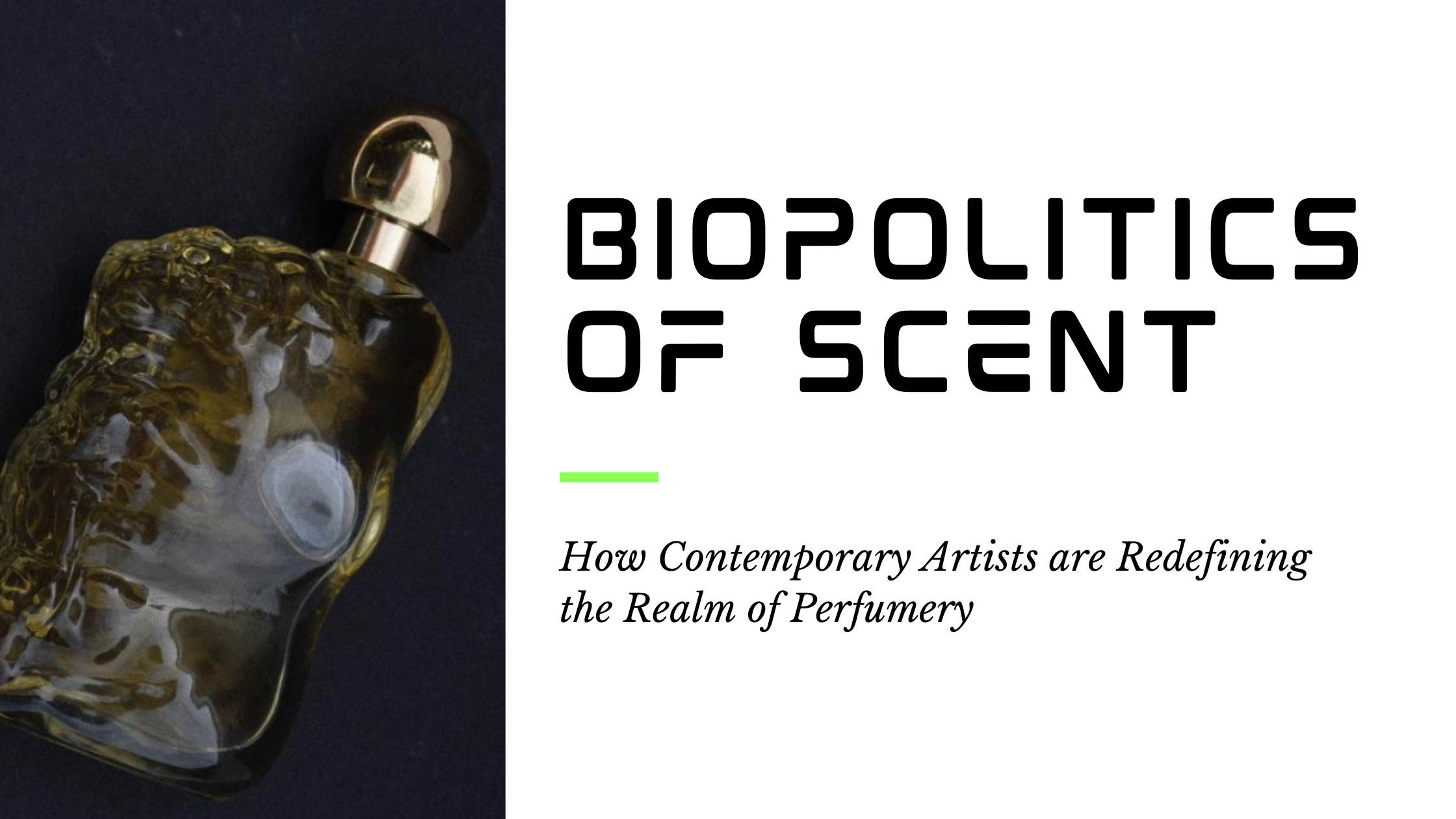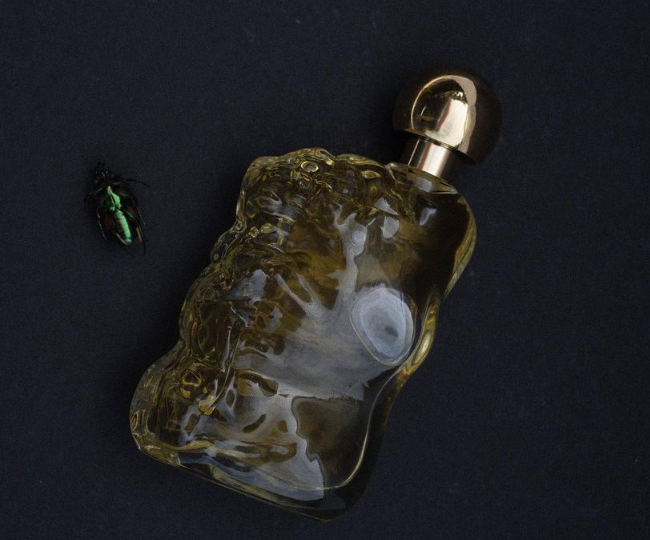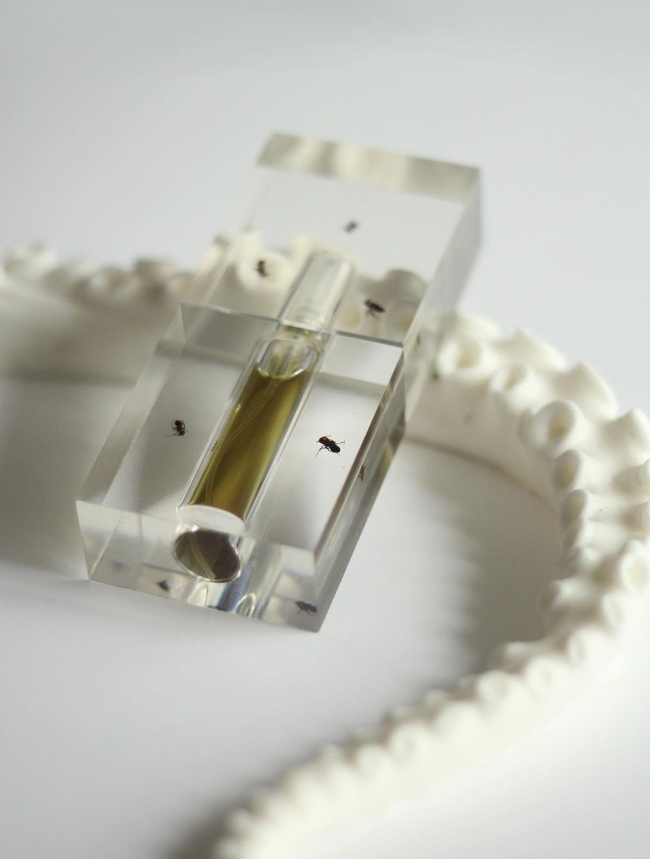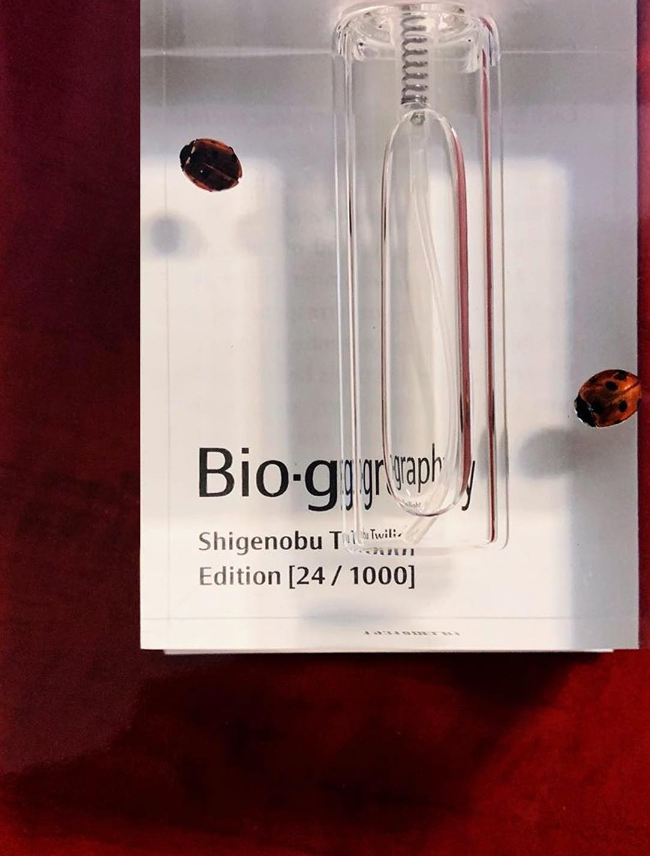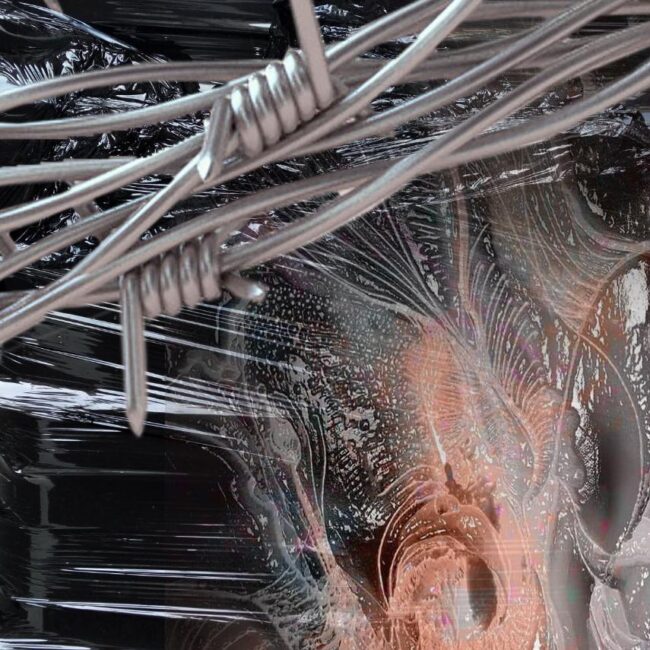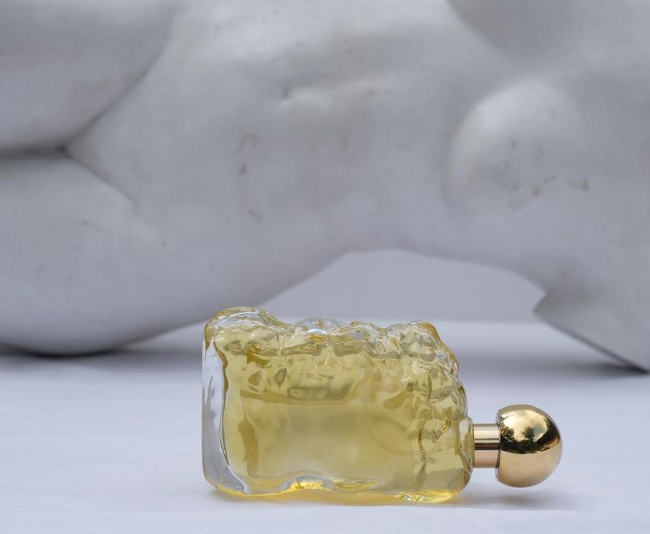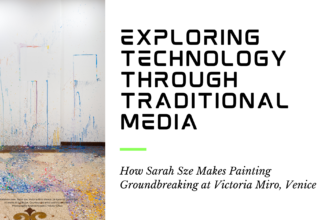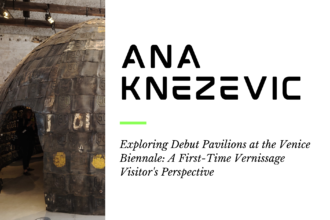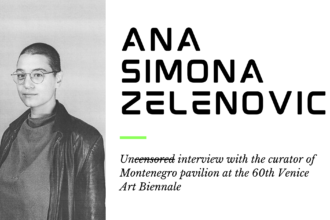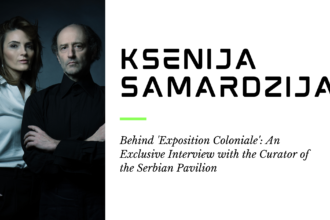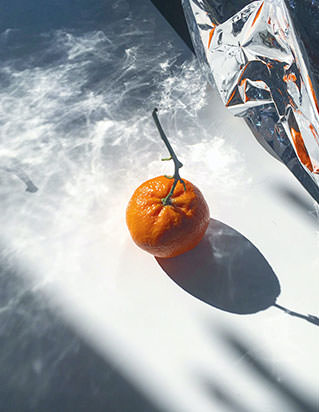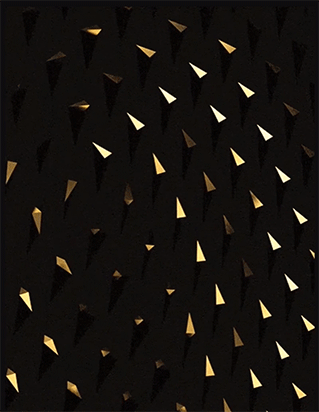Biopolitics of Scent: How Contemporary Artists are Redefining the Realm of Perfumery
In this insightful exploration of the evolving landscape of perfume in art, we delve into how contemporary artists are reshaping the traditional boundaries of perfumery. The article traces the journey from perfume’s historical role as an act of prayer to its current status in the world of global fragrance manufacturing. Highlighting artists like Anicka Yi and Bruno Fazzolari, we see a shift towards integrating scent with biopolitical commentary and artistic expression, moving beyond commercial consumption to a deeper, more meaningful engagement with aroma.
Central to our discussion is the shift in narrative and approach in Land Art, as we see artists challenging traditional notions of land ownership, stewardship, and ecological conservation. The transition from the monumental earthworks of the 20th century to more subtle, concept-driven practices reveals a genre evolving in response to contemporary issues like climate anxiety and the complexities of land rights. We also delve into how contemporary artists navigate the art market’s forces, juxtaposing commercialization with the need for genuine ecological engagement.
Since time immemorial the use of perfume has been an act of prayer or incantation. As Marissa Zappas (website) has said, we use scent to “activate a wish – to feel more desirous, not necessarily desired.” There is a sense of memory and magic, one summons a sort of portal to step through to a higher present tense. After a century or two of global fragrance manufacturing and distribution – and positioning itself as a symbol of commercial consumption – it’s no surprise that artists at the edge of the perfume industry are hoping to re-evaluate the meaning behind what we smell, how we interact with it, and how it is made.
So, what differentiates contemporary land artists from their predecessors? Let’s start off with some romance, that little earthly thing we call love.
Aroma in Art
Anicka Yi’s piece “Immigrant Caucus” was developed with molecular biologists and forensic chemists to produce a smell which emanates from red metal canisters sitting on the ground through a wrought iron fence. The piece looks dystopian and municipal: like back stairwell fire extinguishers left forgotten in some kind of holding cell. The fragrance is designed to be a combination of compounds derived from carpenter ants and Asian American women. Yi’s experiments with the world of smells is a part of her overarching quest to understand a “biopolitics of the senses”: how race, class, and gender manifest in how we sense the world. It is clear the artist utilizes the aerosolized as much as any other kind of three dimensional work: In Yi’s 2017 solo exhibition at the Guggenheim Museum and and 2021’s exhibition in the Turbine Hall at Tate Modern, she claims she “sculpts the air”. Shifting scentscapes create a whole other variable of experience in the body of her work.
Carrying over the symbol of the ant into other aromatic ventures, Yi mirrors this leitmotif quite literally in the packaging for her commercial fragrance line Biography Fragrances. Created with perfumer Barnabé Fillion (of Aesop and Le Labo notoriety), insects are featured suspended in a kind of epoxy resin cube surrounding the bottle. Scents titled “Beyond Skin” and “Radical Hopelessness” evoke a similar aura to being in the presence of a Yi installation: a translucent, damp, distant longing for the organisms we imagine that make us up or break us down.
We use scent to activate a wish – to feel more desirous, not necessarily desired.
Artists collaborating with perfumers isn’t necessarily anything new, with a long and storied history going back to sculptural designs by crystal and glass producer René Lalique with François Coty or Schiaparelli working directly with artists like René Magritte and Salvador Dali to create surrealist and cryptic bottles. In the case of Yi, however, the use of fragrance in her installation work existed long before its appearance on any shelves.
The world of manufacturing smells is an enormous chemical enterprise – “noses” (what the industry calls professional perfumers) are hired globally from the most prominent fragrance schools. Traversing between plantations and labs, smells are created varying from materials so rare and exploited (like in the case of oud) to easily produced synthetic compounds later put into laundry detergent, lotions, candy and fizzy drinks. Most of the manmade smells we experience on a daily basis are the result of highly technical designs to capture attention and imbue memories. While the job market is expanding to supply a growing taste for consumer fumes, many creatives are questioning who is expected to build the world of smell around us.
The world of manufacturing smells is an enormous chemical enterprise.
Artists Expanding the Fragrance Market
Since the pandemic, interest in perfumery has skyrocketed and reached all corners of the web for reasons that are still baffling connoisseurs and industry professionals alike. Webpage designs from forums like Fragrantica have even become a meme seen on X and in DIY rave flyers. What remains certain, particularly in the North American market, is a burst in artists venturing into independent perfumery – releasing lines with little to no background in aroma chemistry. More working artists have pivoted into the profession, becoming self-taught and honing their craft simply through experimentation and curiosity.Fzotic, an independent perfume company based out of San Francisco, was started by painter and artist Bruno Fazzolari. Fzotic’s founder got his start putting perfumes he created in exhibitions of his paintings and fell into fragrance entrepreneurship through the interest of those who attended his openings. After gaining a cult following, Fazzolari released scents like “lampblack”, a fragrance later praised in publications like ArtForum that includes an ink accord to correspond with ink paintings he was making at the time.
Other multidisciplinary artists-cum-scent producers like Hyungi Park and UFO Parfums’ Maxwell Williams have collaborated with the Institute of Art and Olfaction. Based in LA and spearheaded by Saskia Wilson-Brown, IAO has been a beacon for integrative artists and experimentalists interested in the world of smell. Since 2017, IAO has collaborated with Berlin’s Smell Lab to organize the Experimental Scent Summit, a project that includes presentations by STEM researchers and academics, olfactive innovators, industry veterans, as well as artists who work outside the limitations of this historically euro-centric and imperialist enterprise. Along with IAO, galleries like Olfactory Art Keller, based in New York City, have fully dedicated their attention and exhibition space to featuring artists working in the creative practice of scent.
Aroma Chemistry and Sustainability in Contemporary Perfumery
Some self-taught perfumers, like Julian Bedel of Fueguia 1833, have become innovators in the field combining emergent biotechnology as part of their craft and commitment to sustainability. Formerly an artist and luthier, Julian Bedel gained a curiosity with scent when his father, a sculptor himself, showed the young Bedel a paper by Nobel Prize Awardees Linda Buck and Richard Axel on their findings behind the human olfactory system and genetic odorant receptors. Unlike other small fragrance companies who typically source their materials from the same small group of distributors, Fueguia researches and grows their own botanicals, native to the region of Patagonia and Argentina writ large. The company seeks to reintegrate waste in interesting ways: using sawdust, a byproduct in the manufacturing of their biodegradable wood packaging is reincorporated into their incense production, or creating what might be the world’s first olive leaf accord by using leaves typically disposed of in the production of oil. A unique addition to the Fueguia team is an in-house chromatography specialist, who uses the emergent technology which effectively isolates individual chemical compounds to allow precision in understanding what combinations create certain smells. Access to GCO, or gas chromatography, is difficult – biomedical engineer Elliot Roth has said that there may be only 5 or so chromatographs in North America. That a small brand like Fueguia is able to balance this technology with rigorous sustainability standards makes their efforts remarkable in combining material regeneration with cutting edge capturing methods.
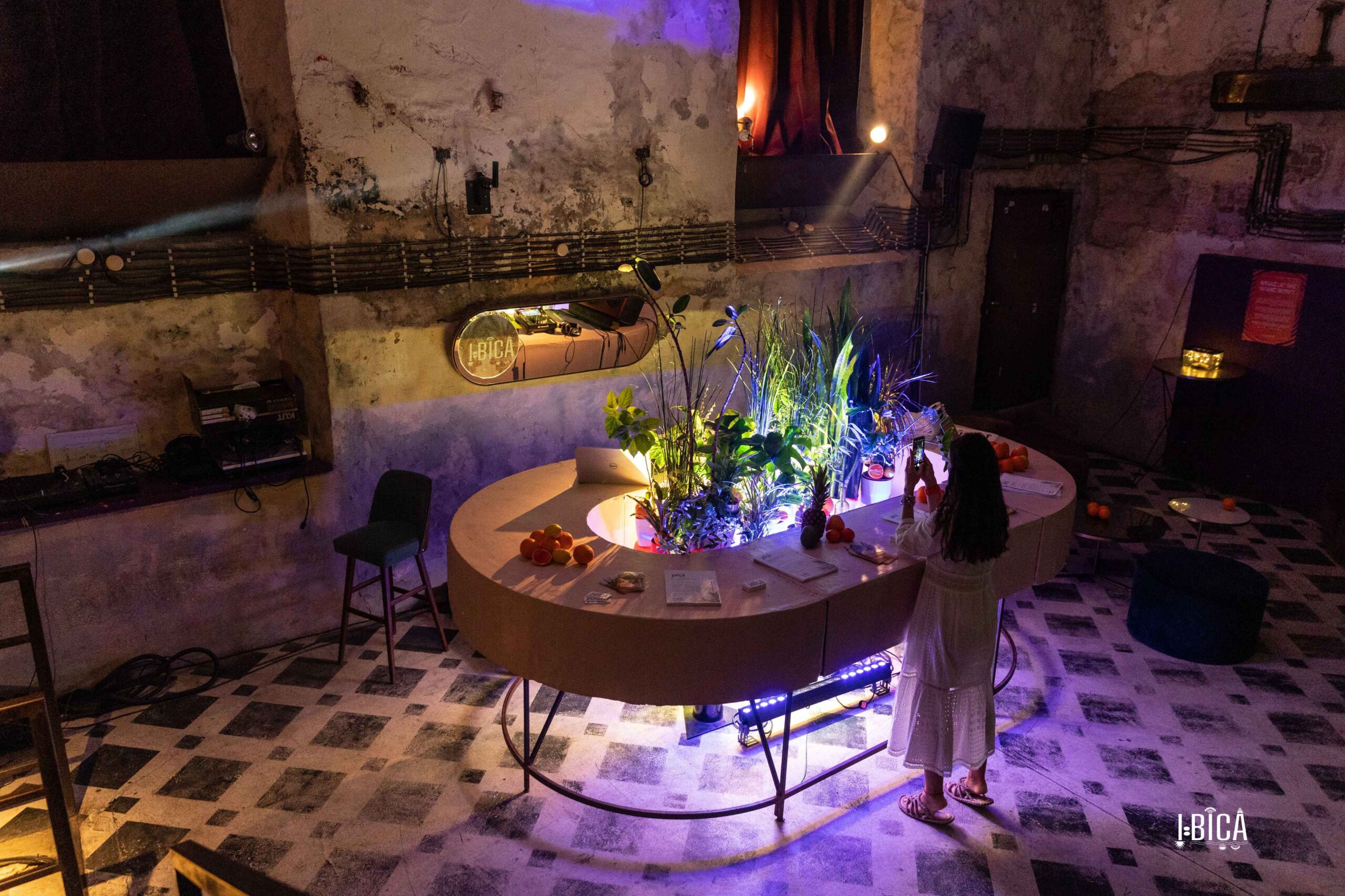
Scent Memory, Dim 2023 | Photo: Marijana Janković
Sources:
https://www.designboom.com/design/julian-bedel-fueguia-1833-daaily-bar-milan-design-week-07-04-2022/
https://www.olfactoryartkeller.com/
https://artandolfaction.com/projects/ess/
https://scentartnews.wordpress.com/
https://www.youtube.com/watch?v=e8yCC7U6VyU
https://news.artnet.com/art-world/anicka-yi-turbine-hall-commission-2019839
https://www.guggenheim.org/exhibition/the-hugo-boss-prize-2016


